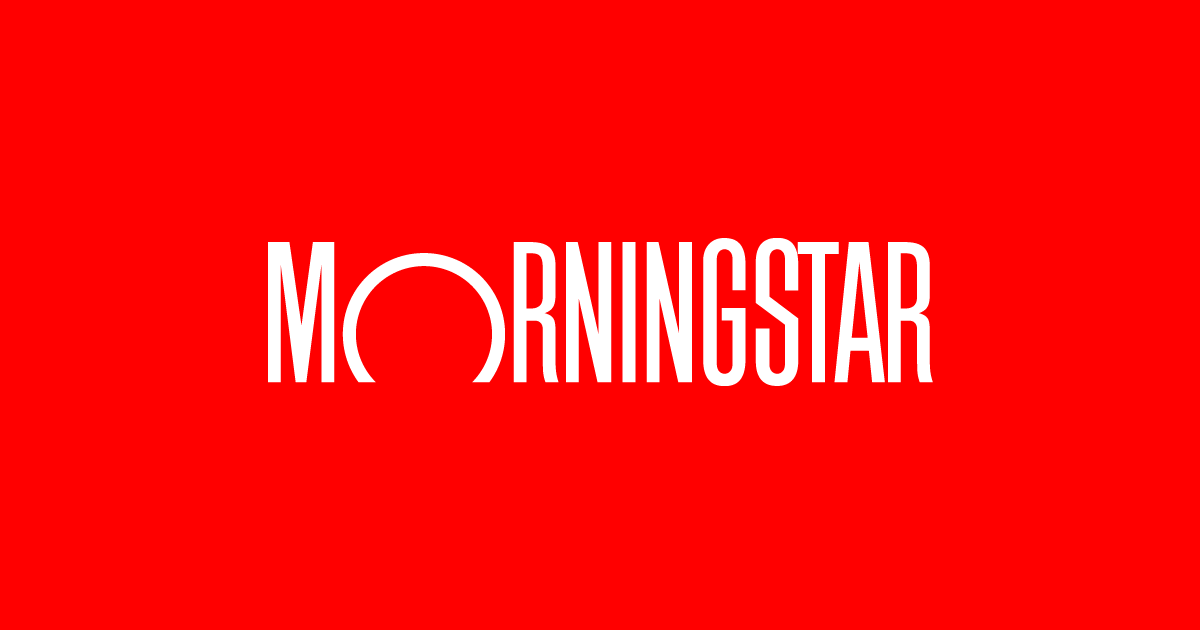The S&P 500's forward P/E ratio has been fairly accurate at predicting bottoms
The first valuation indicator that has a pretty good track record of calling bear market bottoms is the S&P 500's forward
price-to-earnings (P/E) ratio. Whereas a traditional P/E ratio examines trailing earnings over a 12-month period, a forward P/E ratio divides the price of a security (in this instance, the point value of the S&P 500 Index) into Wall Street's consensus forecast earnings for the upcoming fiscal year.
Since the mid-1990s, the S&P 500 has had a number of sizable pullbacks, including the dot-com bubble, financial crisis, the coronavirus crash, and even the fourth-quarter tumble of 2018, which saw the index shed 20% of its value. With the exception of the financial crisis (2007-2009) and a sizable double-digit percentage correction in 2011, the S&P 500's forward P/E ratio
has consistently found a bottom between 13 and 14.
As of Sept. 21, 2022, the S&P 500's forward P/E ratio was 15.9. Based on where the S&P 500 has been valued this century, this is a pretty inexpensive forward-year valuation. But based on what history tells us, this forward P/E
would need to fall by an additional 11.95% to 18.24% for the S&P 500 to hit a bear market bottom. In point value terms, we're talking about a bottom in the range of 3,098.65 on the low side to 3,337.03 on the upside.
The Shiller P/E ratio portends a bit more downside
The other valuation indicator of interest actually does have
a perfect track record of calling bear markets. I'm talking about the S&P 500's Shiller P/E ratio, which is also known as the cyclically adjusted price-to-earnings ratio, or CAPE ratio. Unlike a traditional P/E ratio, the Shiller P/E examines inflation-adjusted earnings over the past 10 years.
Since 1870, there have been only
five instances where the Shiller P/E ratio has surpassed and sustained a reading of 30. While there's no specific length of time that the Shiller P/E stayed above 30 in these five instances, the result was all the same: an eventual bear market. Here's how the previous five instances have shaken out:
- 1929: After Black Tuesday, the iconic Dow Jones Industrial Average(DJINDICES: ^DJI) went on to lose as much as 89% during the Great Depression
- 1997-2001: Following an all-time high Shiller P/E reading of 44.19, the dot-com bubble erased 49% of the S&P 500's value.
- Q3 2018: After surpassing a Shiller P/E of 30, the S&P 500 lost 20% of its value during the fourth quarter of 2018.
- Q4 2019-Q1 2020: With the Shiller P/E once again above 30, the coronavirus crash resulted in a peak loss of 34% for the S&P 500.
- Q3 2020-Q2 2022: The Shiller P/E peaked at 40 in January 2022. Since then, the S&P 500 has lost as much as 24% of its value.
Over the past quarter of a century, the stock market has tended to bottom out with a Shiller P/E of around 22. With the Shiller P/E sitting at 28.13, as of Sept. 22, 2022, there's the expectation of additional downside of nearly 22%. This would imply a bottom for the S&P 500 of 2,939.12.
In other words, two leading valuation indicators with a pretty good track record of calling bear market bottoms suggest the S&P 500's bear market bottom could occur between a range of 2,939.12 and 3,337.03.
LET IT FALL!!!

